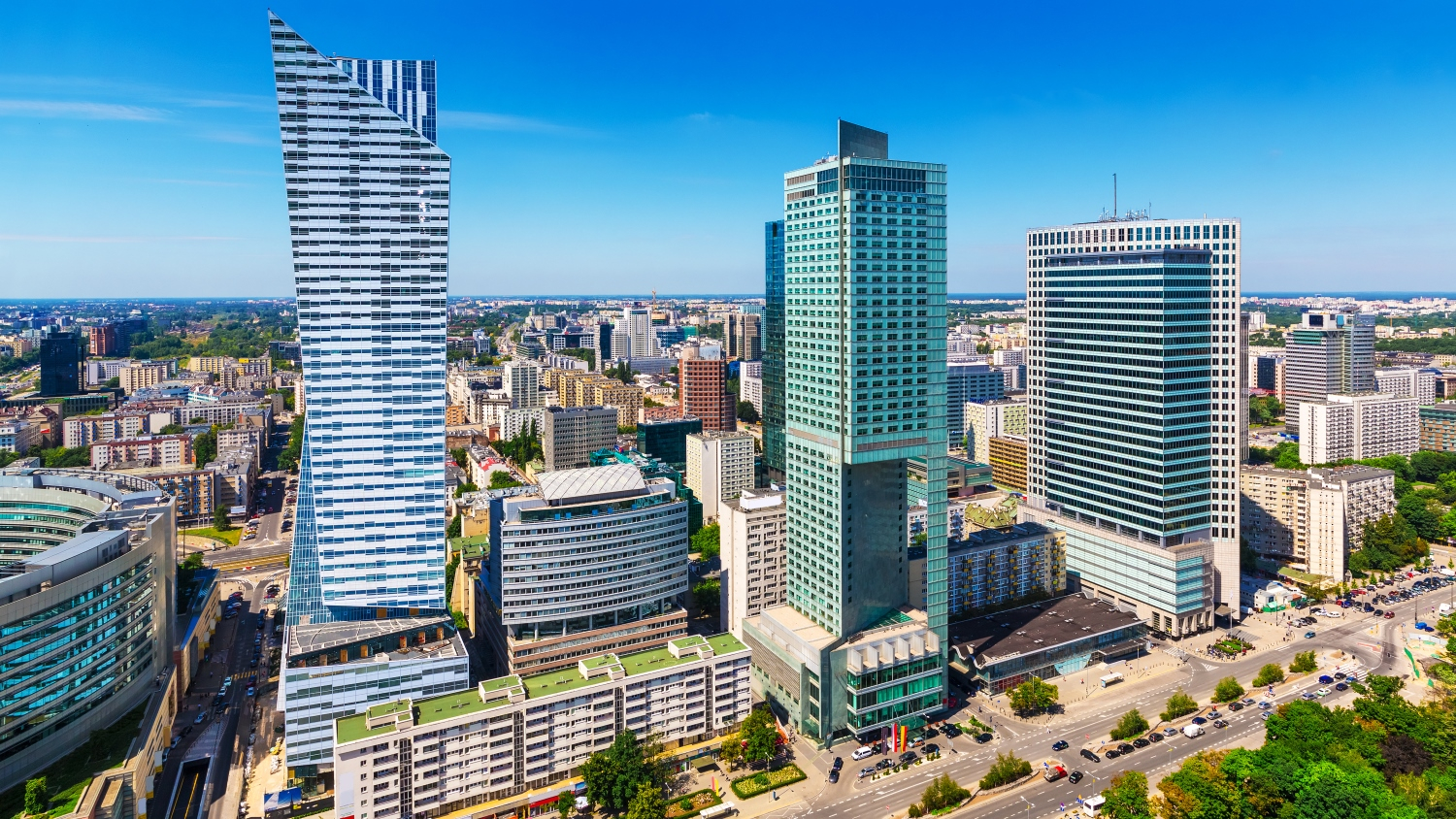
Year-end volumes for 2022 in Central and Eastern Europe could reach in excess of €12 billion but uncertainty around the war in Ukraine and economic headwinds, could impact this prediction, reveals a report by Colliers: CEE Investment Scene Q1 2022.
“Individually, some countries are still behind their pre-pandemic volumes. However, Poland has increased by 23% YoY (year-on-year) and has secured a 56% share of Q1 2022 volumes. After a slow start last year, the Czech Republic had a good first quarter in 2022. Signs are mixed for the remainder of the year, with a number of challenges, but also opportunities ahead”, explained Kevin Turpin, Regional Director of Capital Markets, CEE at Colliers.

Kevin Turpin
Regional Director of Capital Markets for Central and Eastern Europe
Colliers
Q1 2022 prime yields and 12-month forecast
“We have recorded few movements in prime yields for most markets in the region, partially due to the ongoing lack of transactional evidence to support further shifts. Our current outlook also suggests there will be limited, or no further compression in the short term. Particularly as we expect the cost of debt and other financial instruments to increase, adding pressure on margins. The combined impacts of the pandemic and war in Ukraine are driving inflationary pressures and negative economic sentiment”, added Kevin.
CEE flows by sector
Industrial and logistics lost its leading spot to Offices and Retail in Q1 2022, as the lack of available products became more apparent. Retail volumes were up considerably thanks to EPP’s divestment of 49% and 50% shares in two of its retail portfolios, EPP & M1 respectively, for well over €650 million.
CEE flows by origin of buyer
US Capital made a big impact on investment volumes in Q1 2022 with over €1 billion (38%) in five transactions, the biggest of which was Google’s acquisition of The Warsaw Hub for circa. €585 million. Other notable transactions included the acquisition of retail portfolios from EPP, by Group from South Africa and Pimco from the United States, for a combined volume of over €650million. Otherwise, it was CEE domiciled capital that remained highly active with €972 million (34%) in 31 transactions.
Economic indicators and drivers
With the ongoing impacts of the geopolitical and global health-related crises, the region’s economic outlook is frequently revised. The short-term outlook in the context of a five-year forecast is most likely to worsen before getting any better, depending on how these crises develop. The pandemic, ESG drivers and disruptions, the Ukraine war, and related sanctions are impacting property and consumer markets in the form of supply, demand, and affordability. “According to Oxford Economics, average inflation for the CEE region is currently forecast to peak at around 9% in 2022, while many believe it could reach as much as 15%. While very difficult to predict, economic growth in CEE is currently forecast to be at an average annual level of 3% over the next five years, however, there are also very real risks of a recession creeping in”, concluded Kevin.



